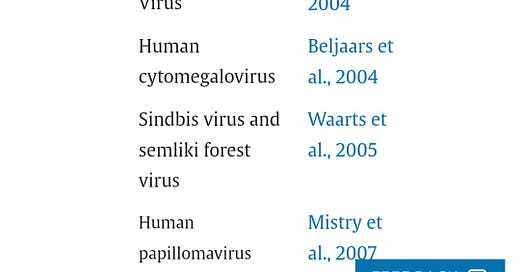The Iron Side: How SARS-CoV-2 Hijacks Immune Cells and Others Without ACE2 Receptors.
As the world grapples with the ongoing challenges posed by the COVID-19 pandemic, scientists continue to unravel the mysteries of SARS-CoV-2, the virus responsible for the disease. Recent groundbreaking research sheds light on how this virus can infect a wide array of cells, including immune cells, by exploiting a pathway involving the transferrin receptor (TfR), thus revealing a potential link between iron levels and COVID-19 severity while elucidating a pathway towards greater long term persistence.
Previous studies have hinted at the significance of iron levels, with increased ferritin levels potentially indicating a robust inflammatory response or involvement in viral entry into the human body and its impact on iron metabolism. Iron, being an essential micronutrient for both humans and pathogens, holds a key role in the interplay between the immune system and invading pathogens. [1, 2]. Iron is an essential micronutrient for both humans and pathogens [3].
One intriguing aspect highlighted in an earlier study is the innate immune response's ability to restrict iron availability during infections, aiming to deprive pathogens of this vital nutrient. [4, 5]. This mechanism not only hampers pathogen survival but may also lead to anemia, thereby reducing oxygen delivery to tissues and potentially contributing to multi-organ failure in severe cases of COVID-19.(6)
One proposed addition to iron biomarker assessment is the inclusion of soluble transferrin receptor (sTfR), which could offer complementary information on iron-restricted erythropoiesis. Elevated sTfR levels reflect both erythroid activity and functional iron deficiency, presenting a more comprehensive picture of iron metabolism that is less susceptible to confounding factors such as chronic disease or inflammation.
Keep reading with a 7-day free trial
Subscribe to T.A.C.T. to keep reading this post and get 7 days of free access to the full post archives.




